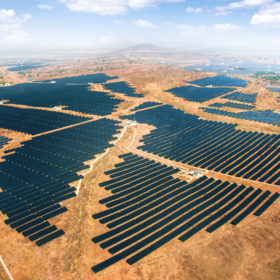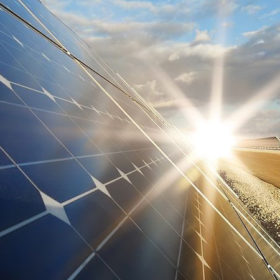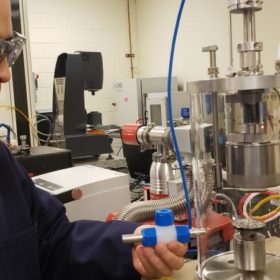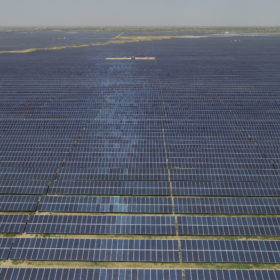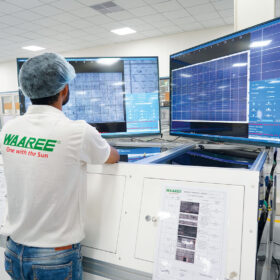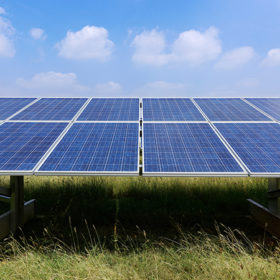How solar installations can benefit real estate developers
For real estate developers, now is the best time to install a solar energy system in their projects because solar rebates, tax credits, and incentives are at all-time highs. At the same time, a solar energy system may help them prepare for tomorrow’s specific difficulties while also saving money now.
SJVN targets 10 GW of solar projects in Rajasthan over five years
The State-owned hydropower producer has proposed an investment of INR 50,000 crore (around US$6,683 million) to develop 10 GW of solar power projects in the State in the next five years.
US government extends Section 201 tariffs on imported PV panels, cells
The Biden administration has upheld an exclusion for bifacial panels in its new extension of Section 201 tariffs, while ramping up the annual tariff rate quota for cells to 5GW.
Additional PLI funds will push solar sector to achieve 2030 target
India should not just rely on solar equipment imports but also promote domestic manufacturing to ensure an uninterrupted march to its 280 GW target of installed solar power capacity by 2030. The budgetary allocation of an extra INR19,500 crore (US$2,602 million) to the production-linked incentive scheme for solar provides the much-needed impetus for domestic production, say GlobalData analysts.
Virescent Renewable Energy Trust raises INR 650 crore via domestic bonds
The investors included domestic financial institutions India Infrastructure Finance Company Limited and Aseem Infrastructure Finance Limited. Virescent shall use the proceeds primarily to fund solar asset acquisitions related debt requirements.
Adani Green Energy raises INR 612 crore for debt refinancing
The developer’s three arms, which collectively have 930 MW of operational solar power projects, have raised INR 612.30 crore (US$81.96 million) through their maiden domestic bond issuance. The proceeds will be utilized to part-refinance existing rupee term loan bearing higher interest cost.
India’s annual lithium battery market will reach 116 GWh in eight years
The annual demand for lithium-ion batteries in India will reach 116 GWh in FY 2029-30, with electric vehicles (EVs) accounting for 90%.
Cobalt-free, solid-state, lithium-ion battery plant opens in Silicon Valley
U.S-based solid-state battery start-up Sparks has opened a pilot plant for its patented lithium battery technology based on zero cobalt cathodes. The company wants to challenge China’s dominance in next-gen battery development.
Scatec and Acme put their 900 MW Rajasthan solar project on hold
Norway’s Scatec, which has a 50% stake in Acme’s 900 MW solar project in Rajasthan, cited a lack of domestic solar panel supply and the 40% import duty on solar panels effective from April as the reasons for putting the PV project on hold.
Rajasthan to create geo mapping-based data bank for renewable energy projects
The move is aimed at identifying chunks of land for solar plants and solar parks as the State government looks into the possibility of developing more capacity in the state and further increasing its ‘37.5 GW by 2024-25’ renewable energy generation target.

